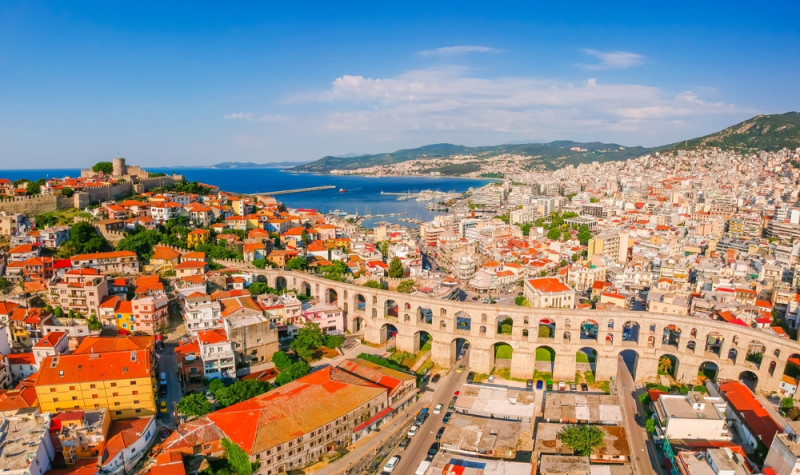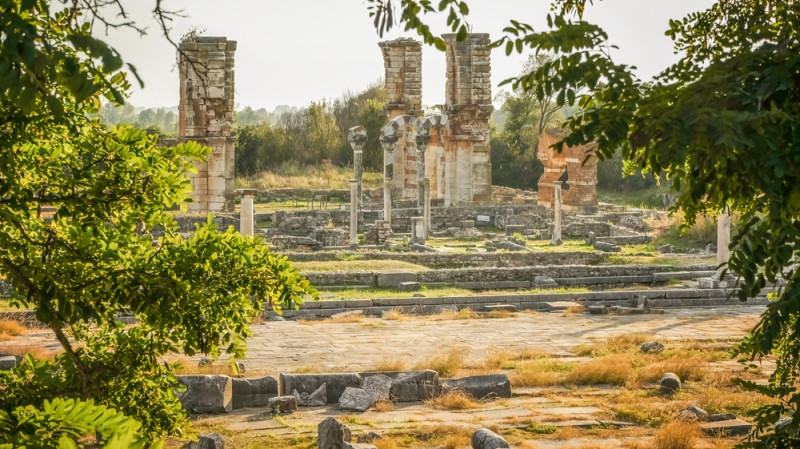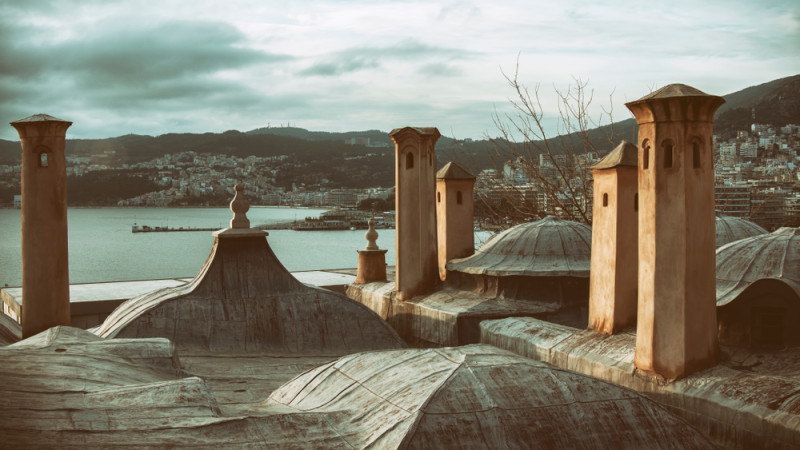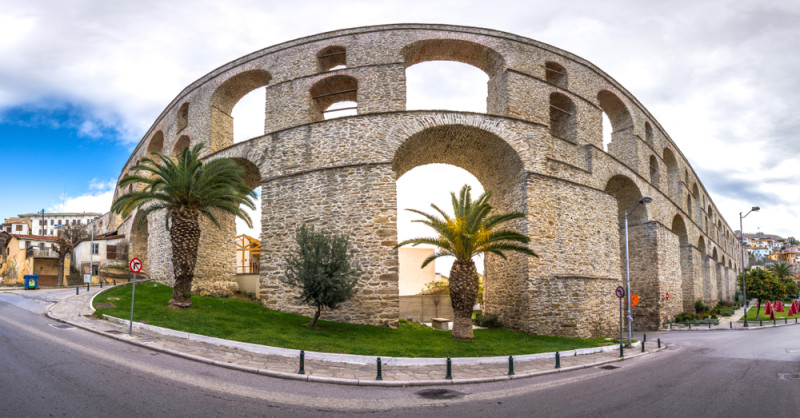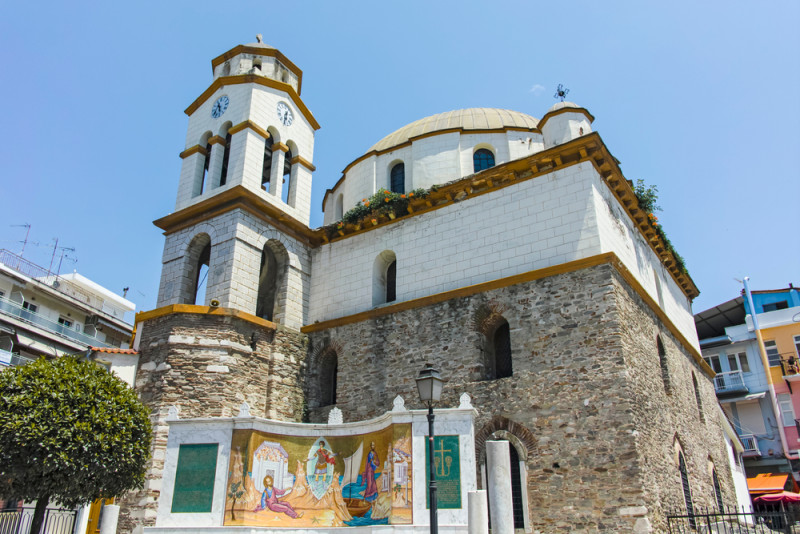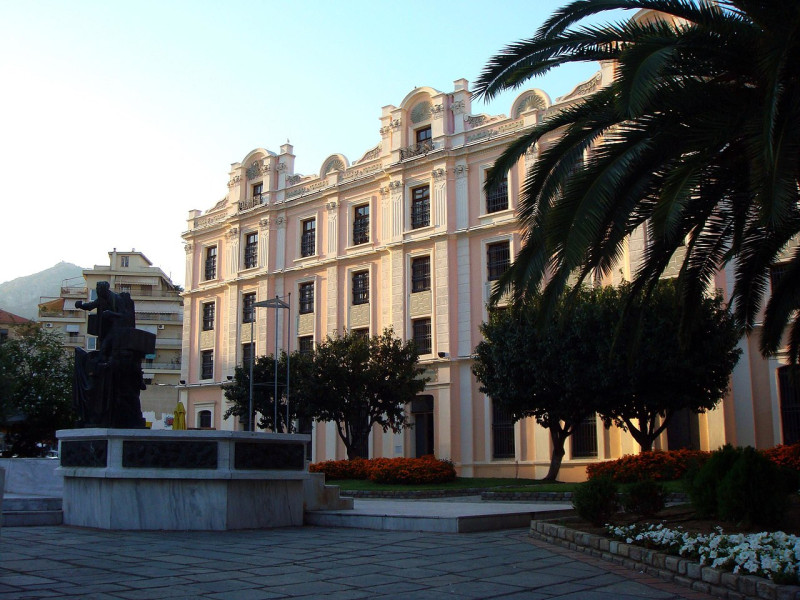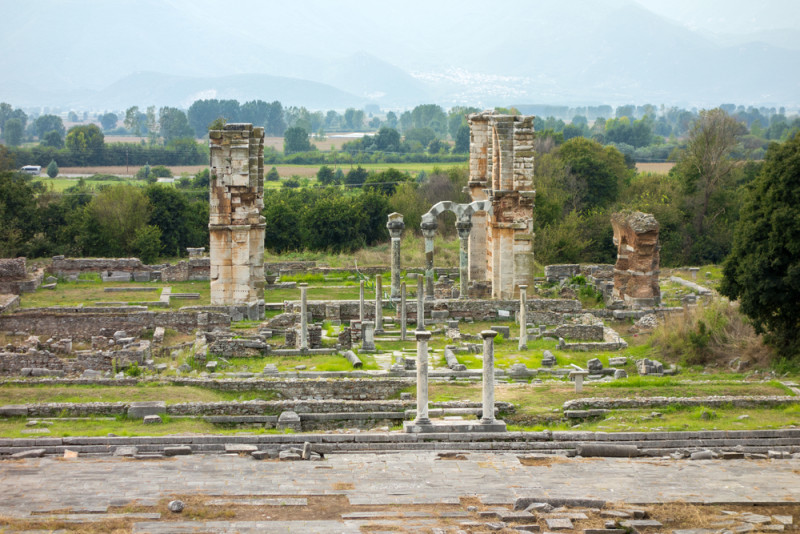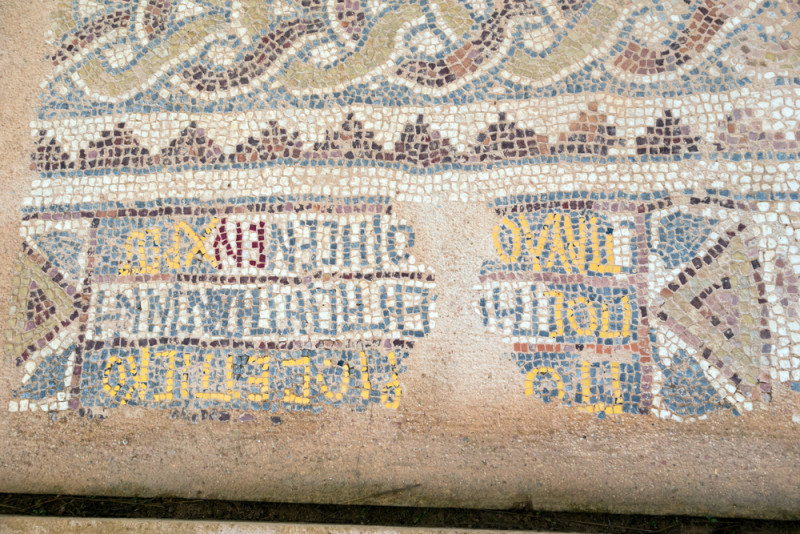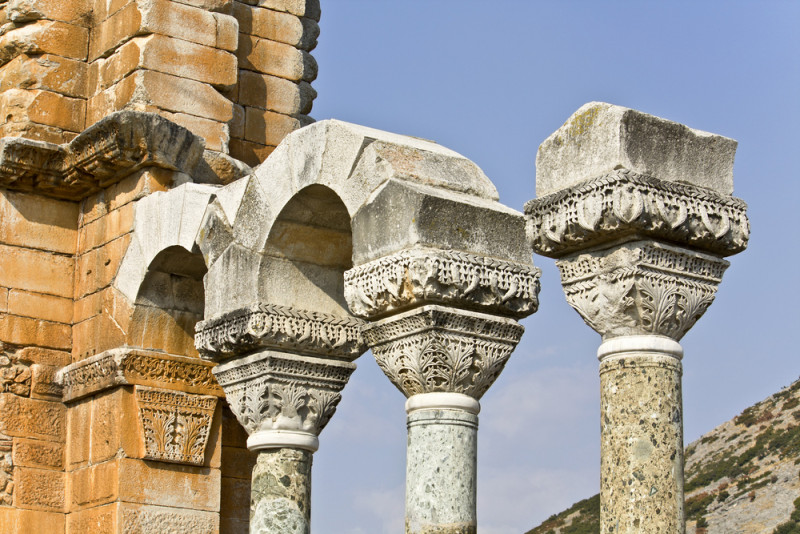Amphitheatrically built, with a view from the Castle and the old town to the vastness of the Aegean, the city of Kavala is an ideal choice in all seasons of the year
Few cities in Greece offer their residents and visitors the opportunity to admire them from above and at the same time, traveling just a few kilometers from the center, to find themselves in a beautiful natural landscape.
OR I’m riding it is among those that offer unlimited views of most of the urban fabric of the city, but also impressive views of the sea front. In fact, when the weather permits, you can even see the villages on the opposite island of Thassos.
Thanks to the Stavros hill, which is part of its passing forest, Kavala offers the opportunity to young and old, locals and visitors to admire the city from above, to “discover” it again and again and to walk in nature.
Amphitheatrically built, with a view from the Castle and the old town to the immensity of the Aegean, the city of Kavala is an ideal choice at any time of the year to visit and explore its rich history and monuments. Kavala lives to the rhythm of its charm – today – under the lights of the city and the universe… The city breathes Greek and European air, with modern tourist infrastructure that satisfies even the most demanding visitor.
Its rich history
The starting point of the history of Kavala starts from prehistoric times and extends to the present day. Its triple name, “Neapolis-Christoupolis-Kavala”, proves the city’s centuries-long life period, which makes it one of the oldest coastal cities in the wider region. Neapolis in ancient times, Christoupolis in the Byzantine period and Kavala in recent times. References to the third largest city of Macedonia today, are lost in narratives from the Homeric epics and in the archives of the Athenian Alliance.
Kavala entered the world map, i.e. it became known, from the historic battle of Philippi and the Apostle Paul who arrived here to teach the message of Christianity in Europe for the first time in 49/50 AD.
Imaret: The jewel of Kavala
The old town is also known as Panagia district. It is full of colors, aromas and history, endowed with cobbled streets and wonderful views. The walk in the Panagia district takes the visitor back in time, as its alleys reveal the history of the city. Karaoli square is the ideal place, where you will meet Imaret.
It was built in 1813-21 by Kavalali Mehmet Ali, regent of Egypt and founder of the dynasty, as a gift to his hometown. It is an institution for the provision of social and educational services attached to a mosque, a typical example of Muslim auspiciousness. It housed two madrasahs, a kitchen for the poor (imaret), a primary school, and a prayer/teaching area. It preserves the founding inscriptions, masterpieces of calligraphy and composition. Today, it has been converted into a luxury hotel, through a long-term lease from the Egyptian state.
There are many monuments that you can visit in the old town. On the right you will admire the view of the port and the center of Kavala, while on the other you will see the carnagio and Keramoti in the background. End the walk at Kamares, the large arched aqueduct, built in the early 16th century.
The orthodox church of Agios Nikolaos
During the Turkish rule, it was the mosque of Ibrahim Pasha and perhaps the largest mosque in the city. It was converted into a temple in the 1920s and its minaret was replaced by a newly built bell tower. On the eastern exterior of the church there is the mosaic monument of the landing of the Apostle Paul in the ancient port of Neapolis (today’s Kavala) when he began his visit to Philippi.
In the old tobacco warehouses
Kavala was for many decades the most important producer of tobacco. From her great port parcels left and traveled all over the world. The many large rectangular buildings, scattered throughout its center, the famous tobacco shops, clearly prove the source of income of the Cavaliotes for many years.
After the liberation of the city in 1913 and even more so after the Asia Minor Catastrophe and the massive influx of refugees, business grew even more. Thousands of people, Christians, Muslims and Jews, worked long hours in the hot warehouses. Today, the big tobacco shop buildings are the only reminders of those years.
Archaeological site of Philippi
The area of Philippi is associated with outstanding historical figures and events that shaped Western civilization. Unique monuments, preserved to this day, bear witness to the centuries-old history of cultures that intersected and developed in the area.
The ancient city of Philippi was originally (360 BC) a colony of the Thasians, named Krinides, but soon it was conquered by the then powerful Philip II, king of Macedonia, who fortified the city and gave it his name. In the Hellenistic years, the city acquired its wall, the theater, public buildings and private residences. Undoubtedly, the most impressive building of this era, despite the changes it underwent over the centuries, is the Ancient Theater of Philippi, which every summer hosts performances of the Philippi Festival. In the 2nd century BC the passage of the Egnatia Road through Philippi, one of the greatest military and commercial roads of the ancient world, turned the city into a point of reference for the region.
However, the most important event during Roman times, which indelibly stamps the history of the city, is the battle of Philippi in 42 BC, when the democratic Romans with generals Brutus and Cassius face the followers of the Monarchy under Marco Antony, Octavian (later Caesar Augustus, first Roman Emperor) and Lepidus. The democrats lose, their leaders commit suicide and the imperial period of governance begins for Rome.
However, another important event was to change the character of the city again: the arrival of the Apostle Paul, who founded here the first Christian church on European soil in 49/50 AD. The prevalence of the new religion and the transfer of the capital of the Roman state to Constantinople brought glory to the Philippi. During the early Christian years (4th-6th AD centuries), the “Octagon” complex was founded, in place of the Roman buildings, with the metropolitan church dedicated to the Apostle Paul, the “Bishop’s Palace”, as well as three magnificent royal and private residences. Since July 2016, the archaeological site of Philippi has been included in the list of UNESCO World Heritage Sites.
Source :Skai
I am Frederick Tuttle, who works in 247 News Agency as an author and mostly cover entertainment news. I have worked in this industry for 10 years and have gained a lot of experience. I am a very hard worker and always strive to get the best out of my work. I am also very passionate about my work and always try to keep up with the latest news and trends.


